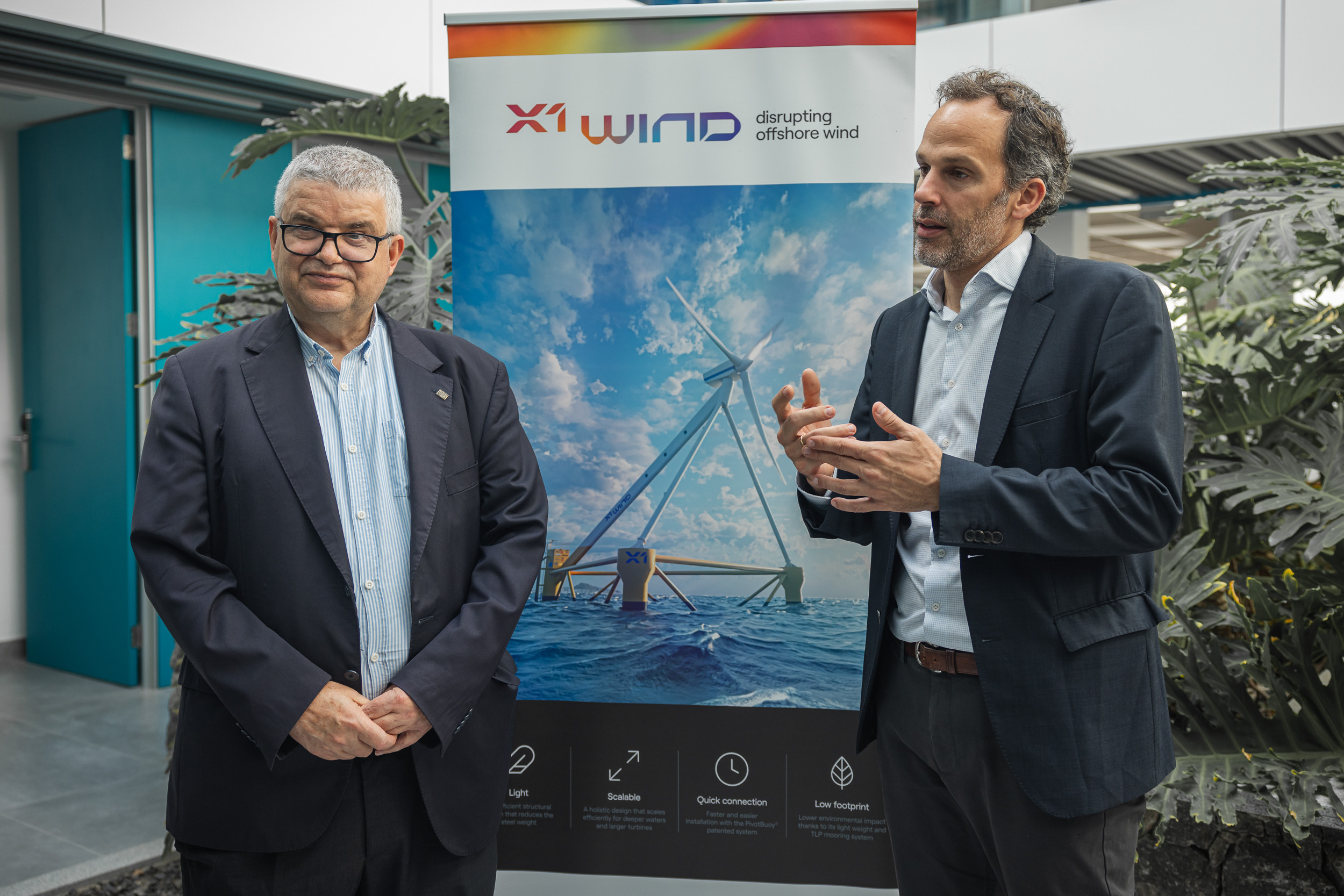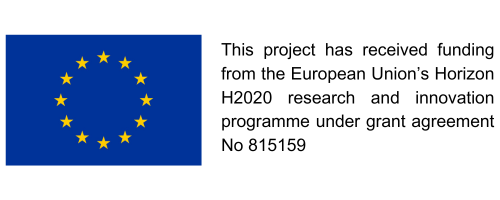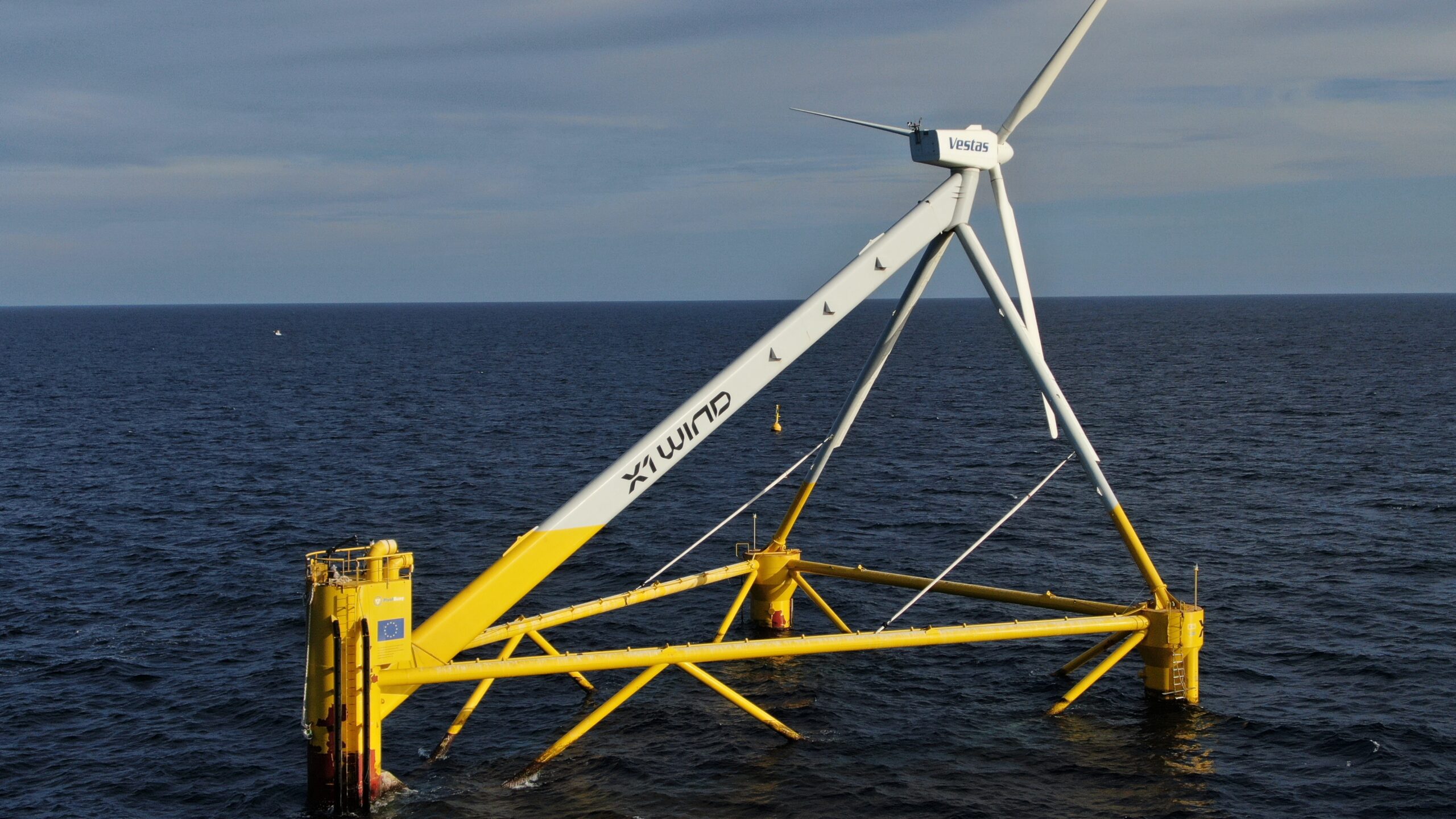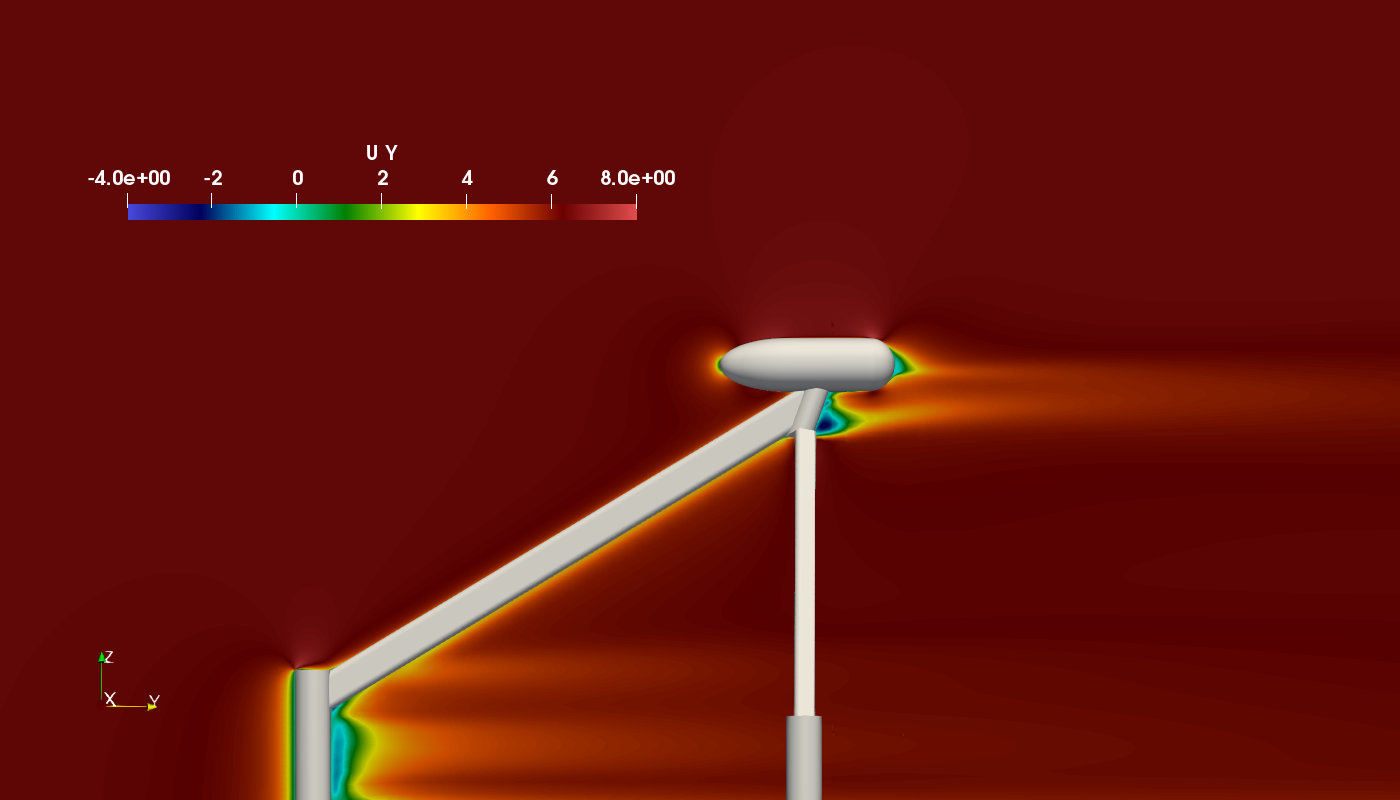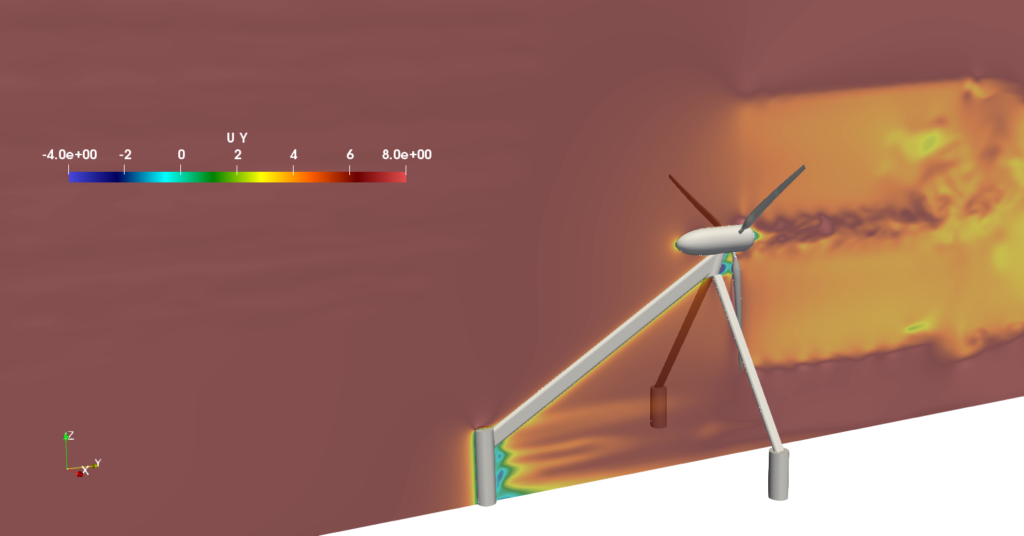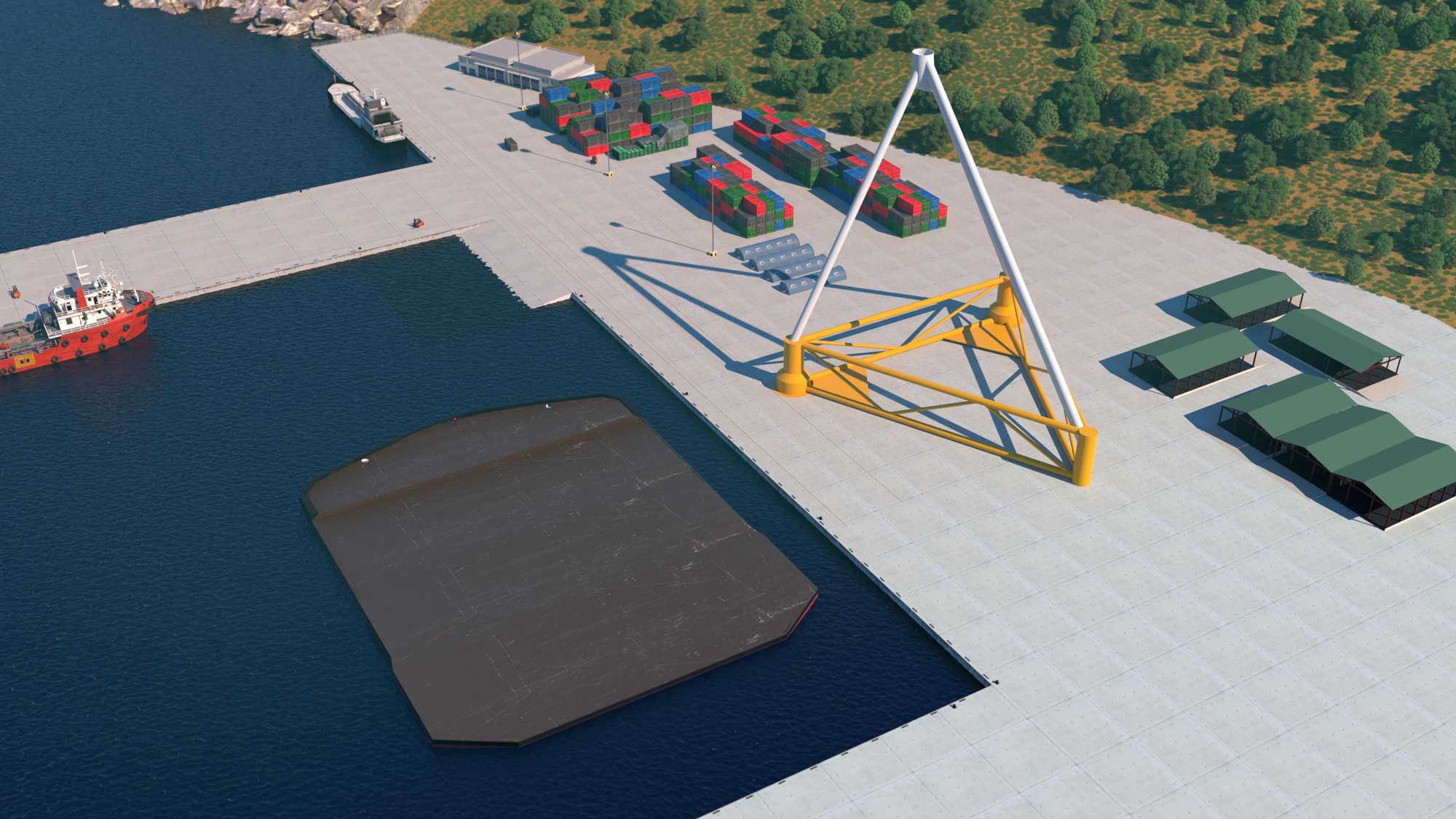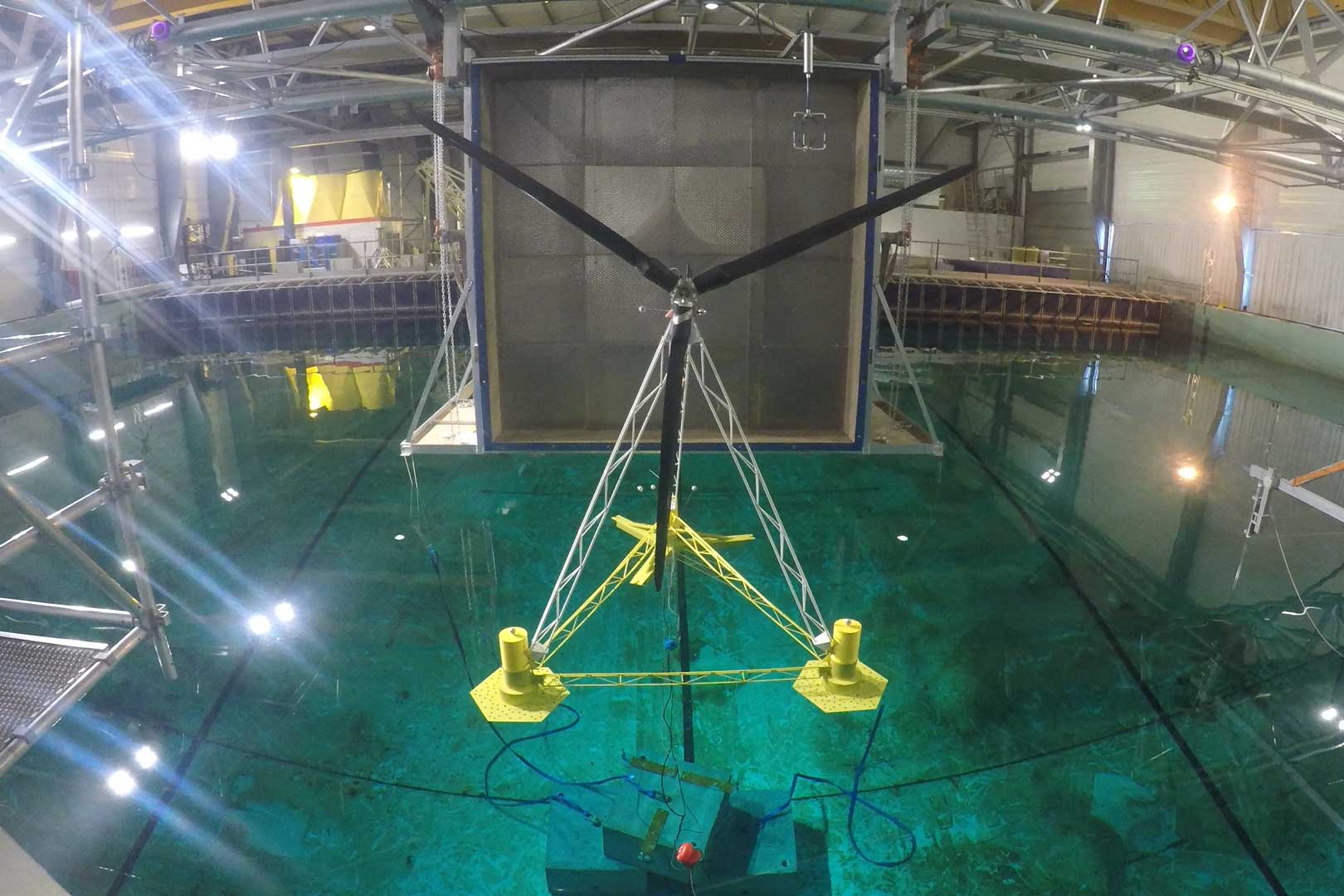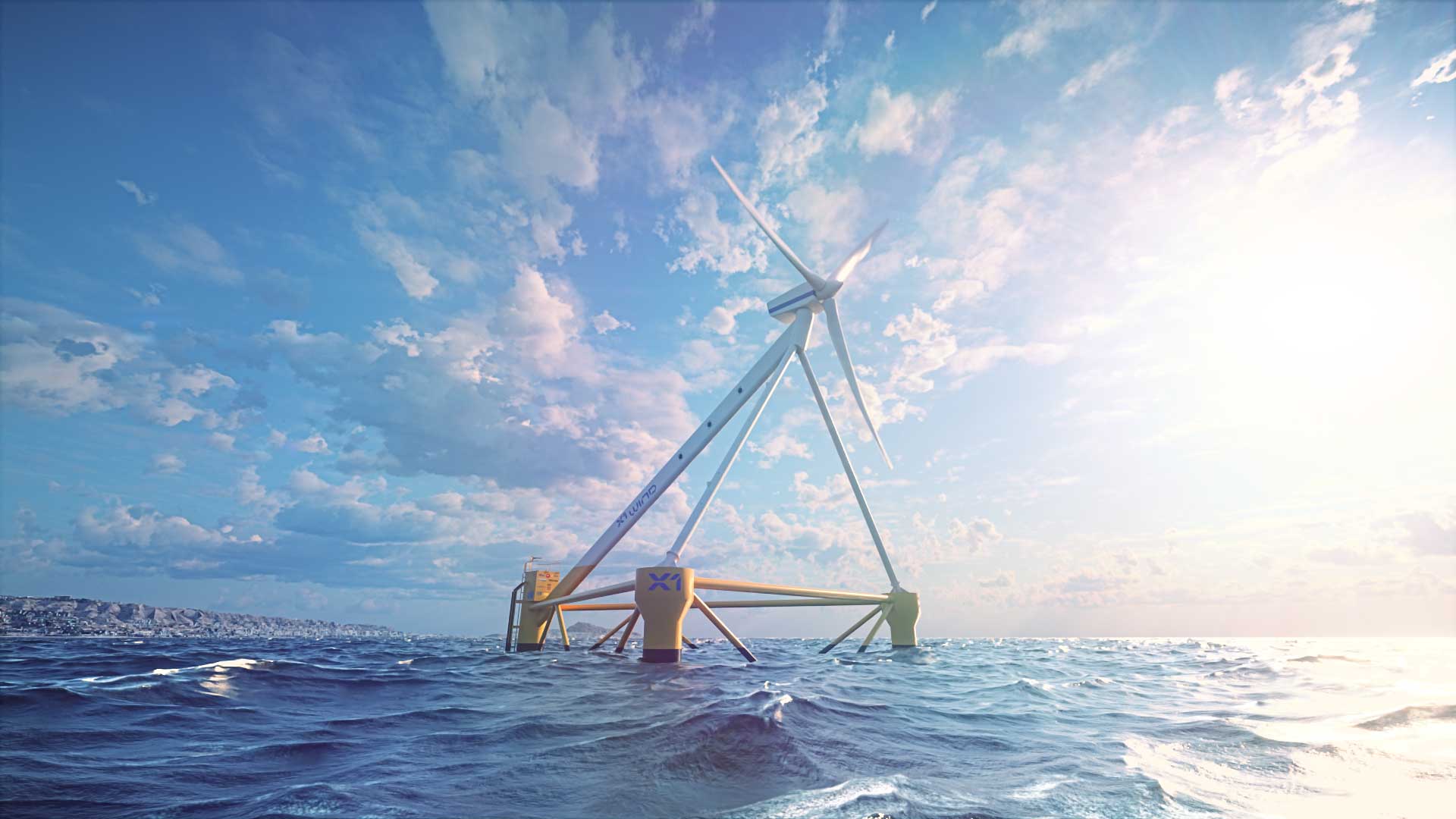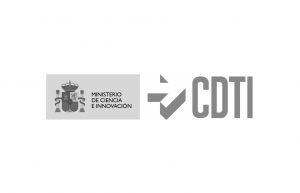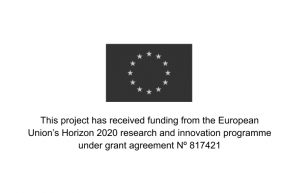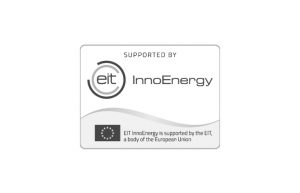The PivotBuoy project is pleased to announce the launch of its website (www.pivotbuoy.eu), and to inform about its kick-off meeting that took place on the 15th and 16th of May 2019 in Brussels, Belgium.
The project partners from five European countries met in Brussels, to kick-off this ambitious research project and collaborate on the PivotBuoy® system, a novel, single point mooring system platform, which could significantly reduce the cost of floating offshore wind. The project has received €4M of EU Commission Horizon 2020 funding.
The consortium will integrate a part-scale prototype of the PivotBuoy into a downwind floating wind platform designed by X1 Wind at PLOCAN’s test site. The system will be installed by 2020, where other innovations related to assembly and installation will be validated.
Once proven, the technology stands to reduce platform weight by as much as 80 percent and costs by 50 percent, turning floating wind competitive. The project aims to validate the benefits of the PivotBuoy system and other key innovations to reduce installation, operation, and maintenance costs, paving the path to achieve 50€/MWh in commercial-scale wind farms.
Alex Raventos, CEO of X1WIND and project manager of PivotBuoy underlines:
“The project aims to develop an advanced single point mooring system which can contribute significantly to the cost reduction of floating wind as well as being able to move into deeper waters. It is a pleasure to work together with experienced industry partners and R&D organizations from the offshore wind, naval and oil and gas sectors to validate the advantages of the PivotBuoy system”.
The Consortium is formed by nine partners from five different countries: X1Wind, ESM, WavEC, PLOCAN, INTECSEA, EDP, DTU, DNV GL, and DEGIMA. The project officially started on April 1 and will last for 36 months.
For further information about the project you can visit the project’s website: www.pivotbuoy.eu or follow us on Twitter (@pivotbuoy) or LinkedIn.
If you want to know more, download the full version of the Press Release
